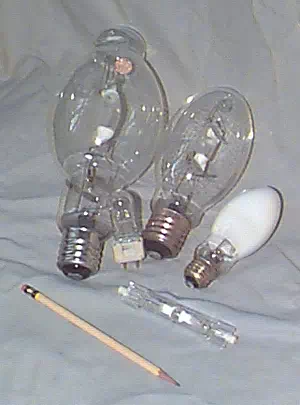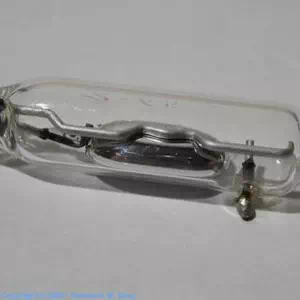Overview
Relevant Activities
Role of Local Governments
U.S. EPA Resources
Other Resources
States
Other Federal Agencies & Programs
Mercury is one of the most widespread, persistent and toxic contaminants in our environment. Its incorporation into many products and its emission from combustion processes has resulted in well documented instances of watercourse poisoning, high level occupational exposures, and worldwide, chronic, low-level environmental exposures. To prevent the continued release and build-up of mercury in the environment, many organizations and state and federal agencies are currently working towards eliminating major sources of mercury releases. Mercury is found in fluorescent lamps and may still be present in various batteries and electrical devices such as the tilt switches found in legacy but still common thermostats.
If not properly disposed of, mercury can enter the environment via several paths:
- If a mercury containing item is thrown into the trash and the trash goes to a landfill, the mercury may be released into the atmosphere from landfill vapors or leachate. If the trash is incinerated, mercury vapor will be released into the air.
- If mercury is flushed through a wastewater system, the mercury will probably adhere to the wastewater sludge. It may then be spread on farmland or may evaporate and be deposited elsewhere.
Local governments may encounter mercury-containing materials and products, such as batteries, light bulbs, and thermostats, through their operation of facilities and buildings including schools. Most such products may be covered under the Environmental Protection Agency's (EPA) universal wastes rule, which allows them to be disposed of in municipal landfills.
Local governments that operate landfills may receive mercury-containing waste. Federal rules allow disposal of such waste in municipal waste landfills, but state rules may differ. EPA encourages local governments to develop programs to reduce the quantity of these wastes by going to municipal solid waste landfills or combustors.
U.S. Environmental Protection Agency Resources
- U.S. EPA Mercury Home Page. Starting point for EPA's mercury resources outlining regulations to control some mercury emissions to air and water, or from wastes and products.
- EPA Strategy to Address Mercury-Containing Products. The goal of the EPA strategy is to further reduce mercury use in products and certain processes to prevent future releases to the environment.
- Association of Lighting and Mercury Recyclers. Representing the majority of commercial processors of mercury-bearing wastes in the U.S., members provide a comprehensive service network throughout North America to assist with collection, processing, recycling, and recovery of spent mercury lamps, ballasts batteries, electronic products, and other wastes with hazardous levels of mercury.
-
Universal Waste State Resource Locator. This tool contains links to state universal waste regulations which cover the disposal of many mercury-containing devices.
Other Federal Agencies & Programs
-
OSHA's Mercury Home Page Starting point for OSHA mercury standard and many other resources.



